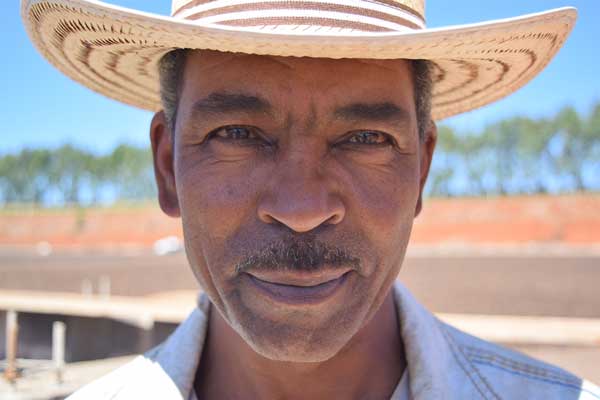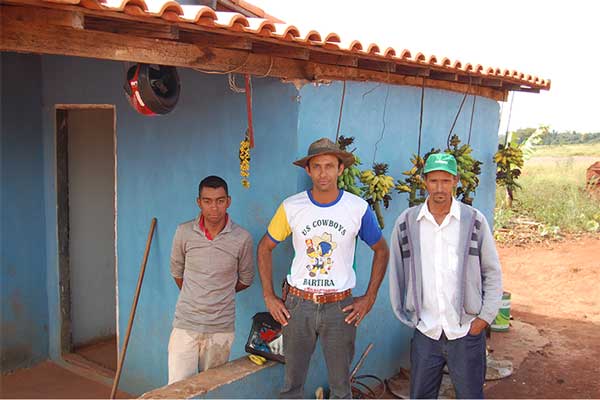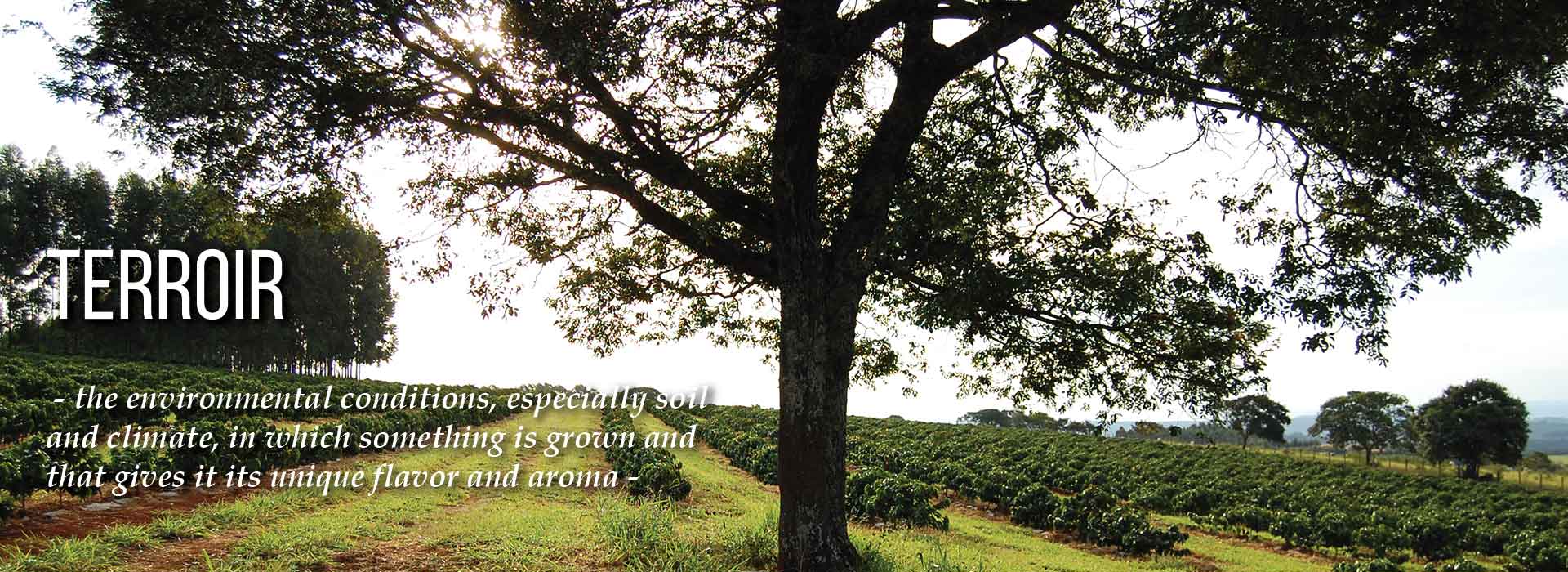
Fazenda São José da Boa Vista
The Peixoto Family Farm
Nestled in the highlands of the state of Minas Gerais, Brazil, at an altitude of 4200 feet, is where you’ll find Fazenda São José da Boa Vista. This is the name bestowed upon the Peixoto family coffee farm. Fazenda São José da Boa Vista literally means “Saint José’s Farm of Good View”, which is a bit of an understatement as the view from the farm is nothing short of spectacular. If our heaven exists on earth, this place is it.

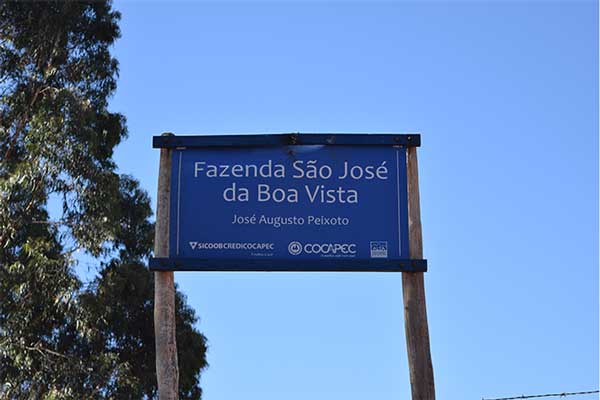
After a long drive down a bumpy dirt road in the Brazilian high country, one eventually finds themselves on the Peixoto family estate. Stepping out onto a crumbly, orange, fertile soil, one is greeted by views of a truly magical place. Here lush green rows of meticulously cared-for coffee trees adjoin large patches of shady subtropical jungle. Rows of tall banana trees and even taller eucalyptus trees segregate each plot on the farm.
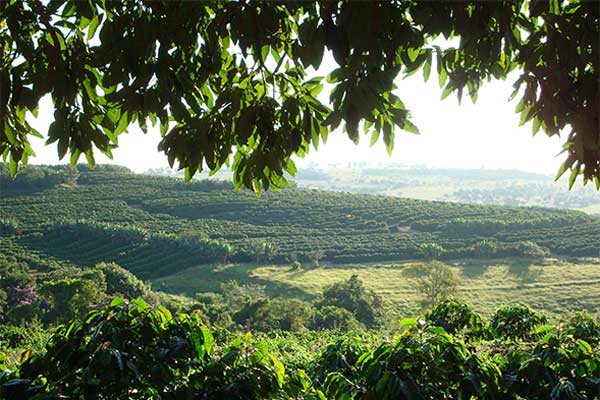
During the daytime, a cool breeze blows in from the Rio Grande river valley to the north and roughly 3,000 feet below. Strolling through the farm at this time of day, one can hear only the sounds of eucalyptus leaves rustling in the treetops above and occasionally (during harvest season) the laughter and banter of the coffee workers as they hand pick coffee cherries on those plots too mountainous for anything other than foot traffic.
If our heaven exists on earth,
this place is it.
As evening approaches and the wind dies down, the farm takes on a magical stillness. Only the sounds of insects and the squawks of the occasional toucan flying by can be heard. A warm dusk glow illuminates the shiny green leaves of the coffee trees. It is in this last hour or so before sunset that the farm transforms into a truly magical place. In today’s specialty coffee lexicon, the word “origin” is tossed around quite a bit. Only when your feet are firmly planted there, at origin, watching the sun go down and the southern cross appear in the night sky does that word gain its true significance.
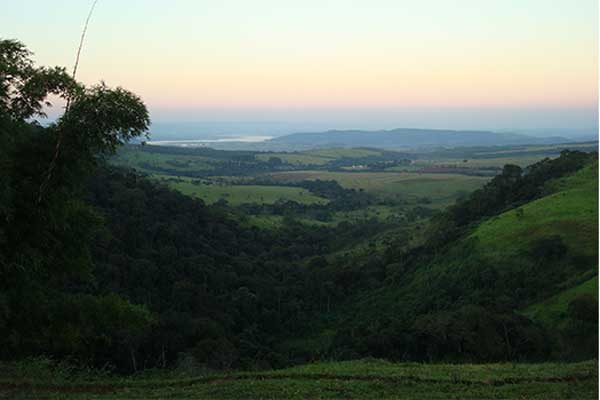
Exceptional Microlot Coffees
Cultivating Quality
When most people think of coffee beans, the image that likely comes to mind are the small, brown, and aromatic end product of the coffee production process. However, specialty coffee beans are so much more than that. Many people don’t realize that producing specialty coffee is a very similar process to producing fine wine. As with high quality wines, high quality coffee begins with high quality fruit. Every individual coffee cherry, and the seeds (beans) encased within it, are unique specimens of nature. Just like wine grapes, their flavor profiles are heavily influenced by their varietal and their growing conditions. Altitude, soil, water, sunlight exposure, and temperature all play a critical role in shaping the complex chemical makeup of each developing coffee bean. With proper processing, handling, shipping, and roasting, the unique flavor characteristics of well-cared-for coffee beans will shine through in the cup of coffee brewed from them.
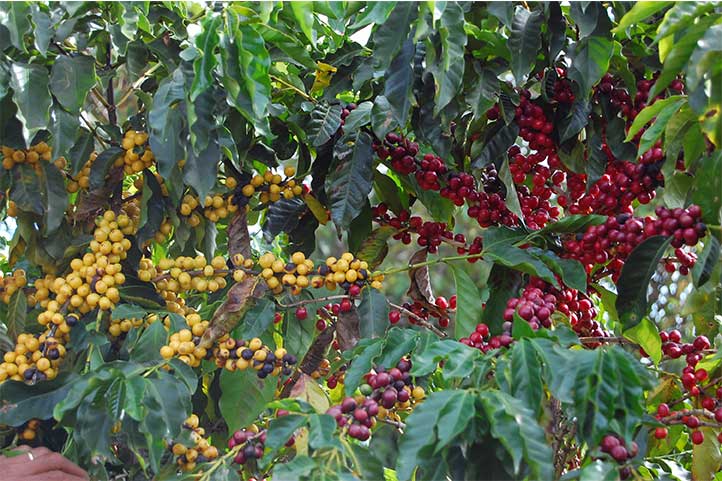
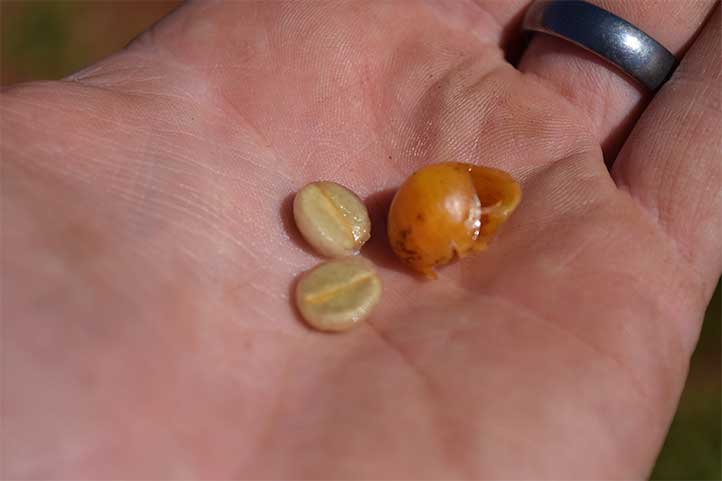
On the Peixoto family farm, there are over 18 distinct coffee plots. These plots (or “lavouras” as they are called in Portuguese) range in size from 2-15 hectares, and each supports coffee trees of a specific varietal growing in its own unique micro climate. Even adjacent plots of the same varietal can yield coffees of a remarkably different flavor profile due to the impact of these subtle differences in growing conditions. Not only do we find these unique attributes fascinating, we actively seek them out.
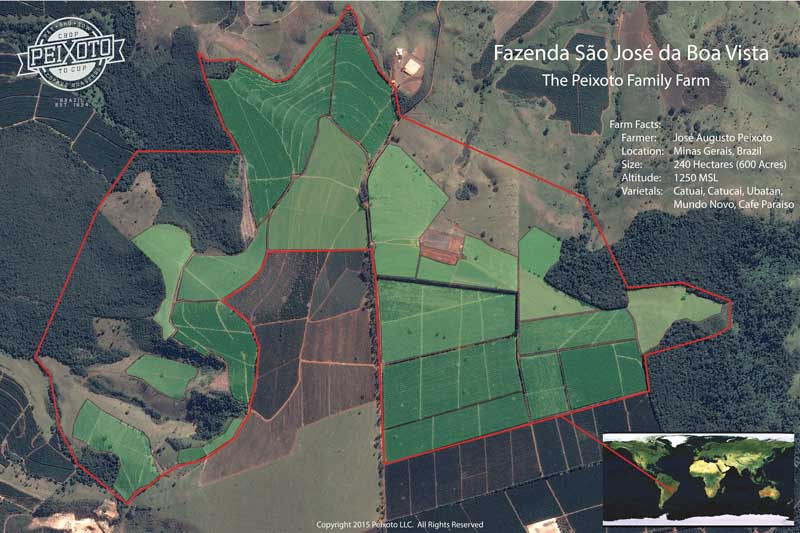
Harvest season in our region of Brazil typically runs from late June through mid-August. As the harvest season approaches, we walk the farm and collect a representative sample of ripening (although not yet fully ripened) cherries from each plot on the farm. These pre-harvest samples are sun-dried, hulled, cataloged, sample-roasted, and cupped. The quality and flavor profile of each sample is carefully assessed in order to direct the subsequent harvest operations toward those areas of the farm that show the most potential for producing award winning coffees.
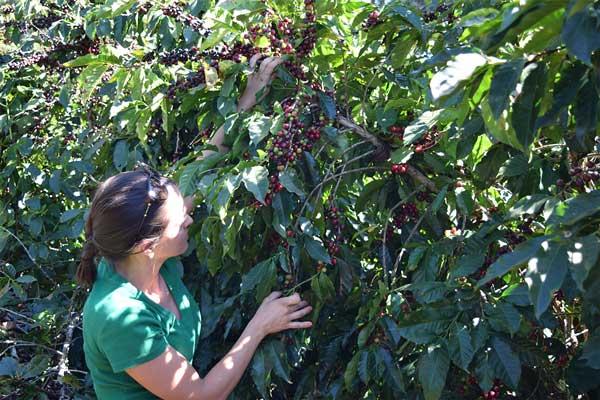
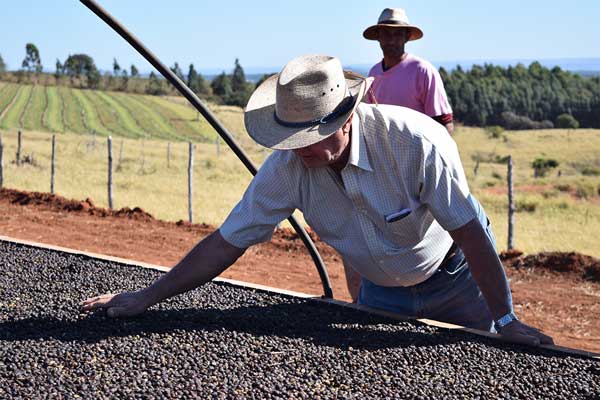
Upon commencement of the harvest in July, the targeted lots are watched very closely. Sugar content samples of the cherries in these lots are routinely taken in order to determine when they have arrived at their peak sweetness. Once this is has been determined, these cherries are harvested and moved to the drying patios. Here they are segregated by lots and laid out in meticulous rows where they will be turned continuously for the next 10-14 days. Sun drying under a warm Brazilian winter sun in this “Natural” processing method produces an exceptionally flavorful coffee.
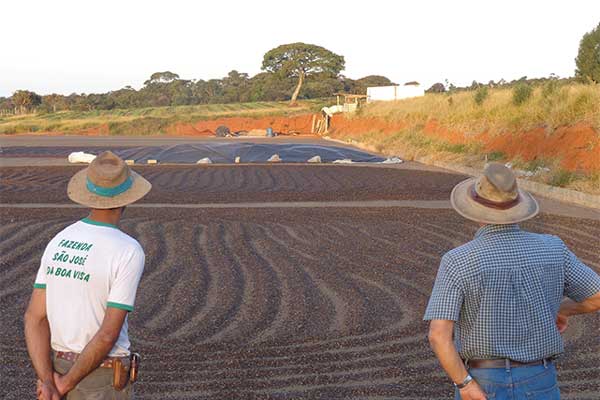
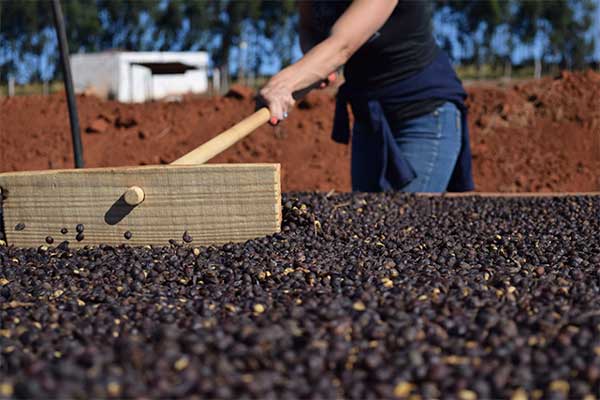
Unlike the “Washed” processing method (where the fruits of the cherries are stripped off by water), the Natural process relies only on the sun to gently dry the cherries while preserving contact between the fruit sugars and the beans. As a result of this, the Natural process typically results in a sweeter, more complex coffee. Additionally, since the Washing process requires the use of a large amount of water (and leaves the resulting runoff water highly polluted), the environmental impact of processing coffees Naturally is significantly lower.
Behind All Great Coffees are Great People
Honoring our Farmers
Not only do the administrators of our farm span multiple generations of the same family, but so do many of the current farmers and farmhands that nurture every coffee tree on our estate. Several of the young farmers of 30+ years ago continue to work on the farm today, and some of them do so alongside their children. The pride they hold in what they do on the farm, and their vision for the future, is nothing short of inspirational. Small children, who over a decade ago spoke delightedly about one day being able to drive the tractors on the farm, are the ones driving them today. The best part, of course, is that they are still smiling. They are happy here with us, and we are blessed to have them alongside us as we continue to work toward producing the perfect bean.
